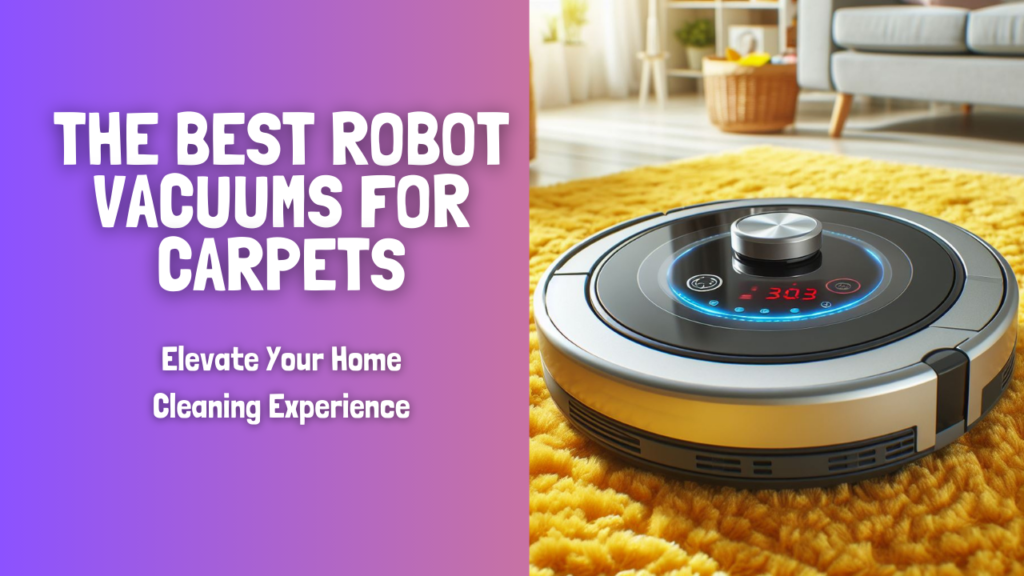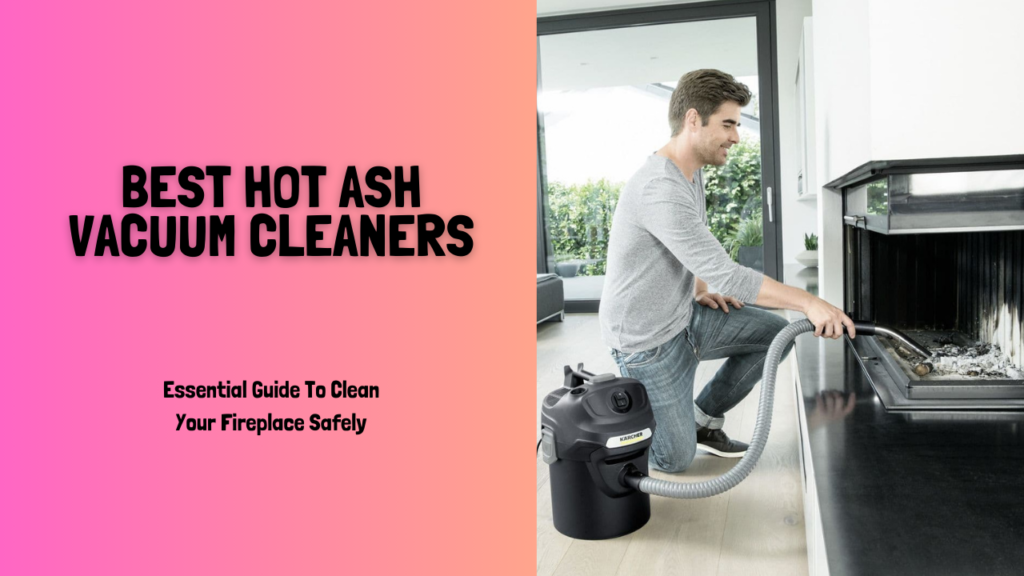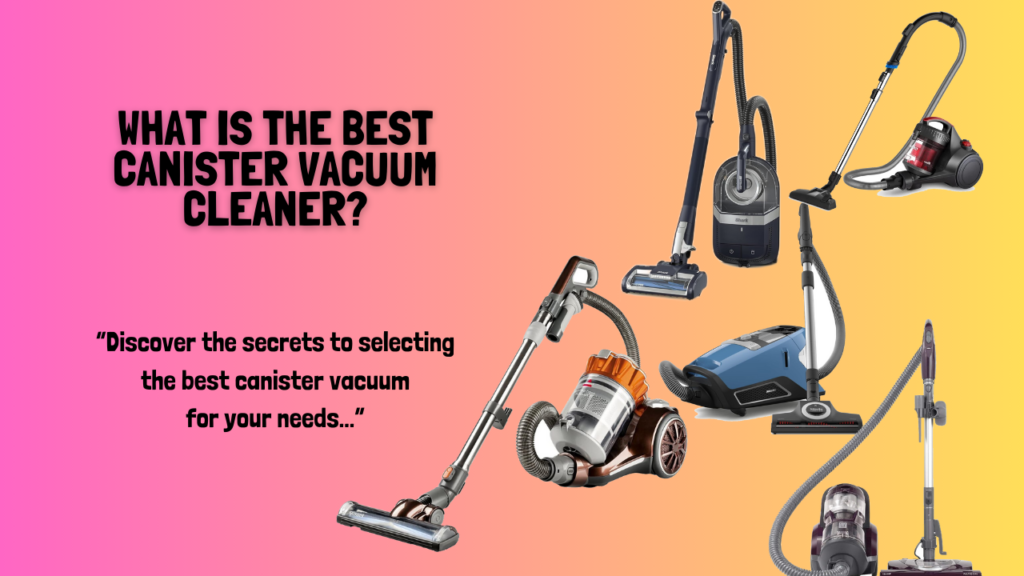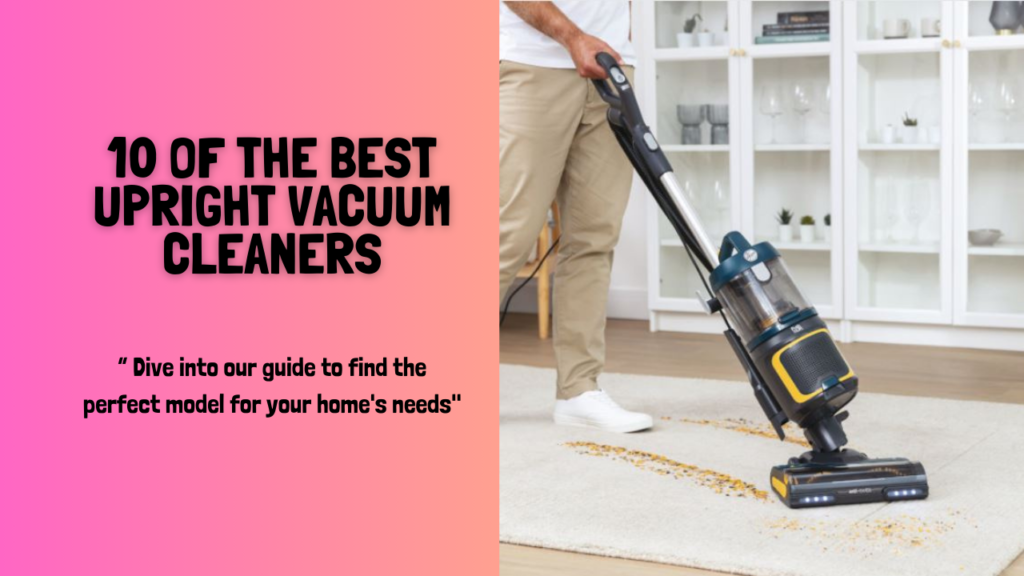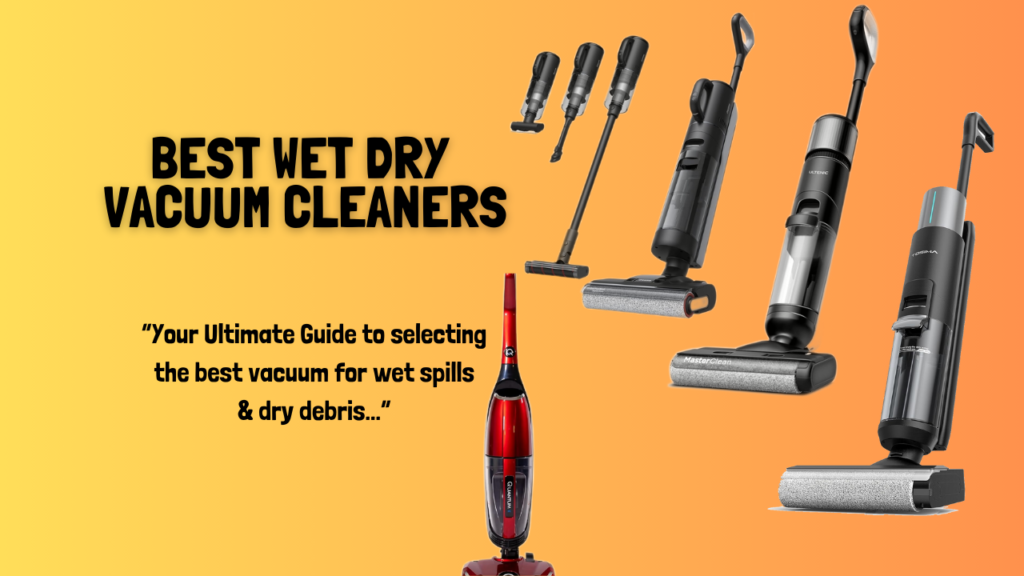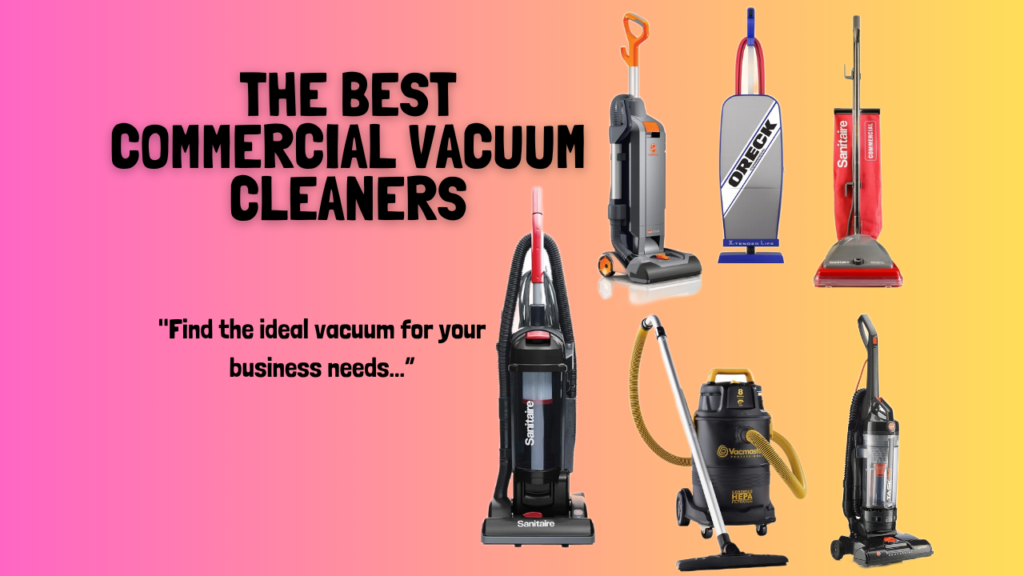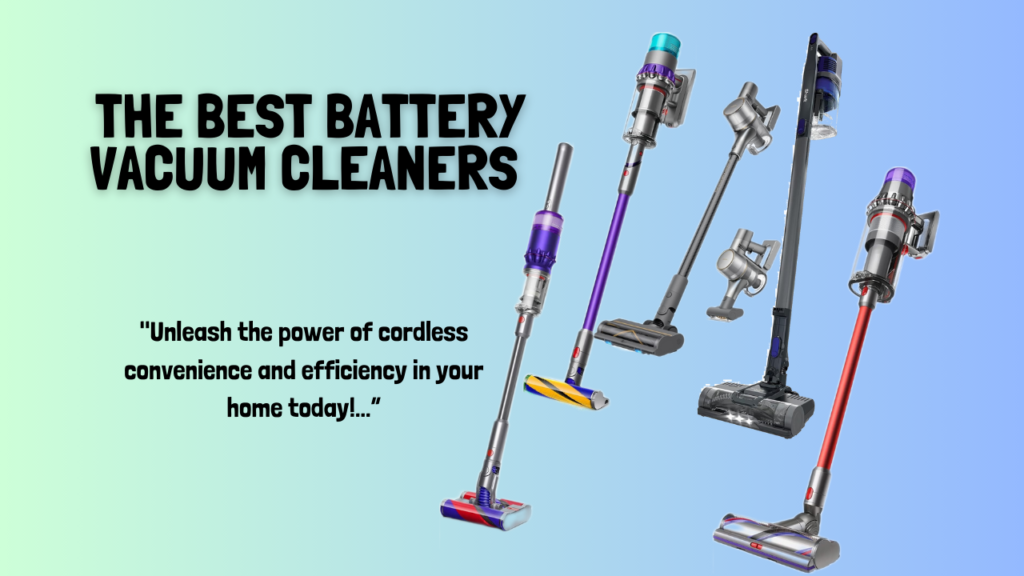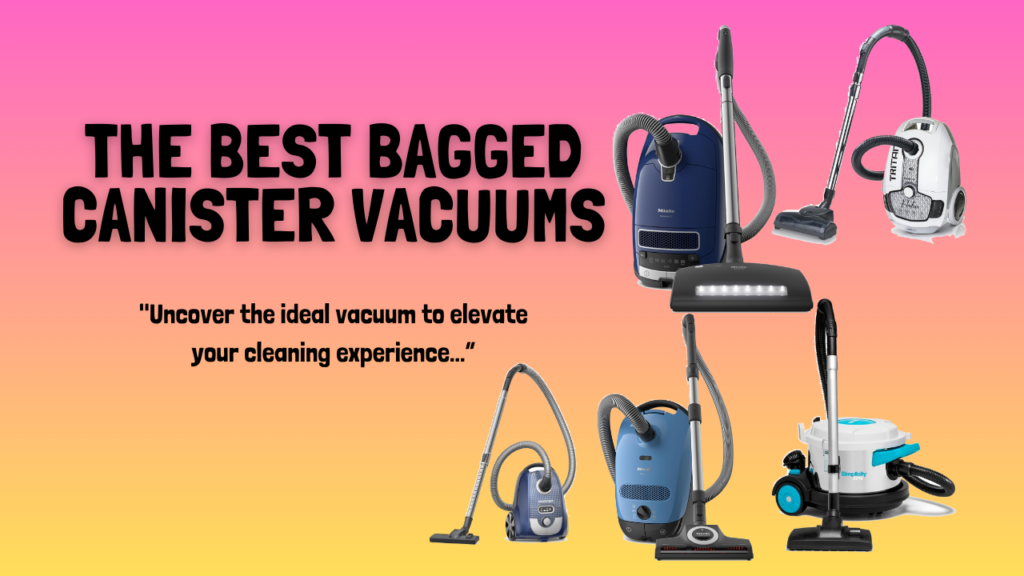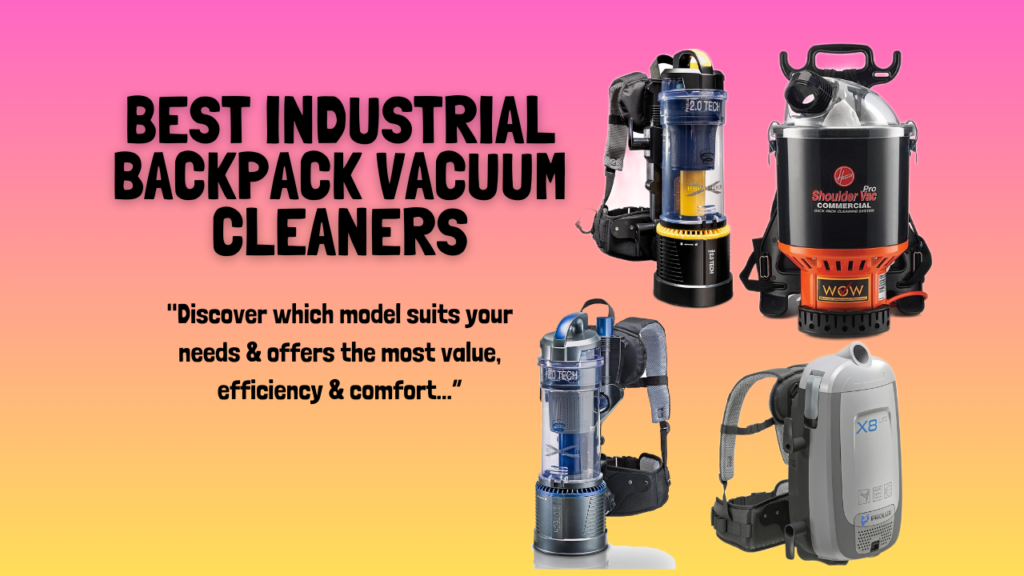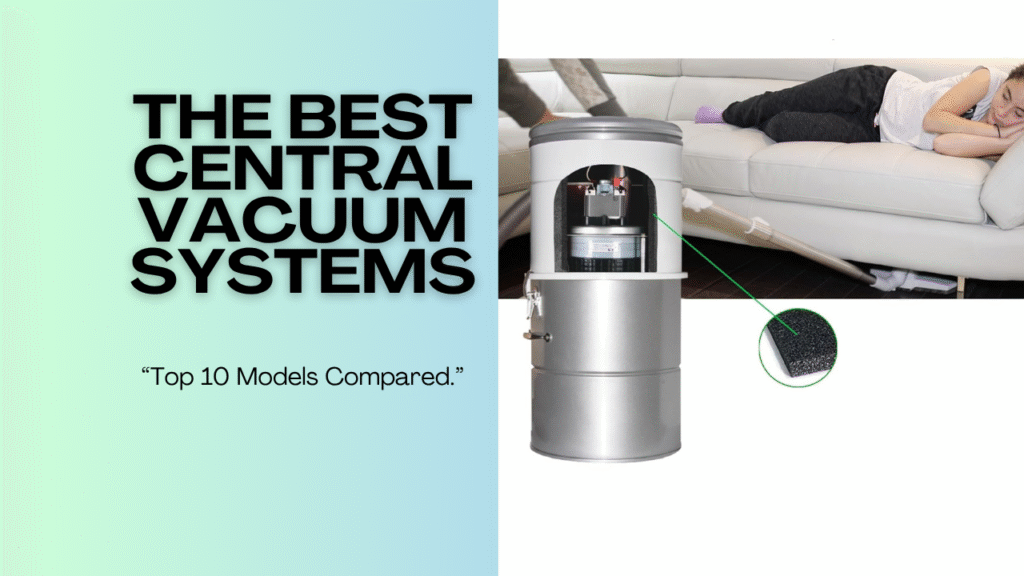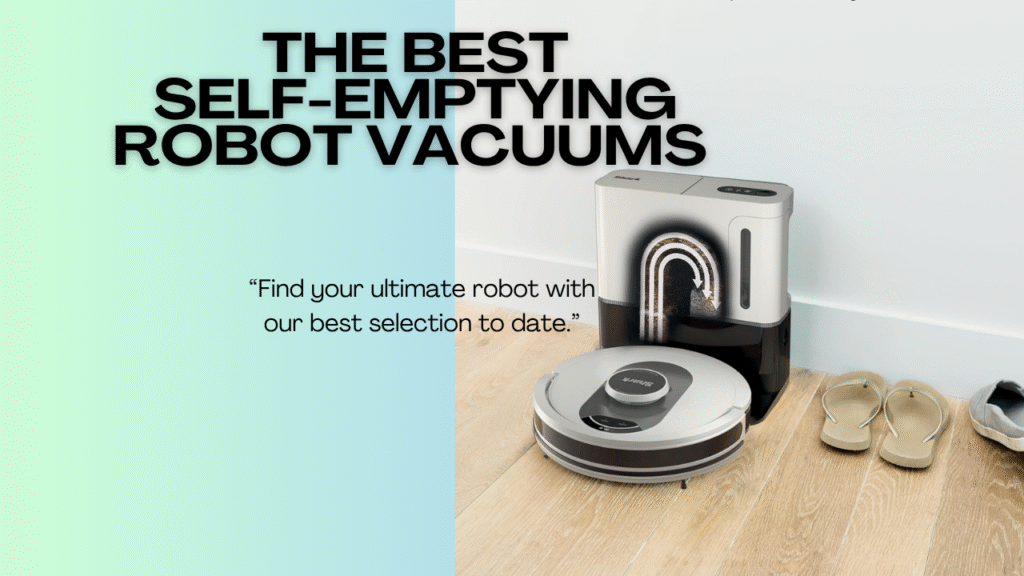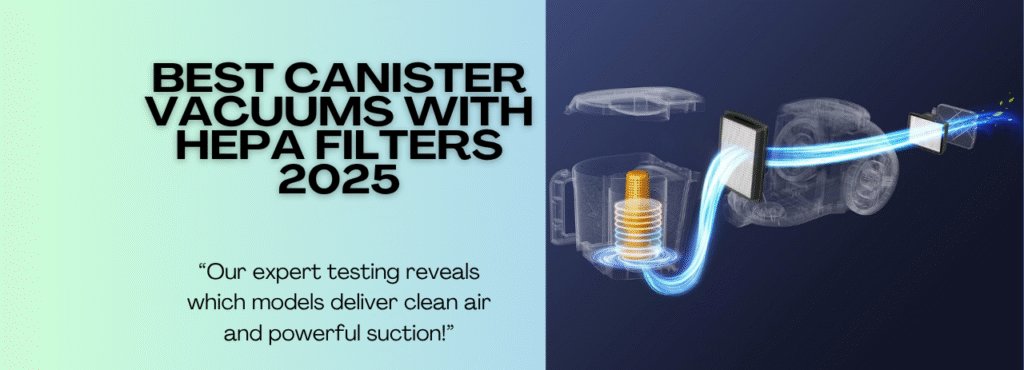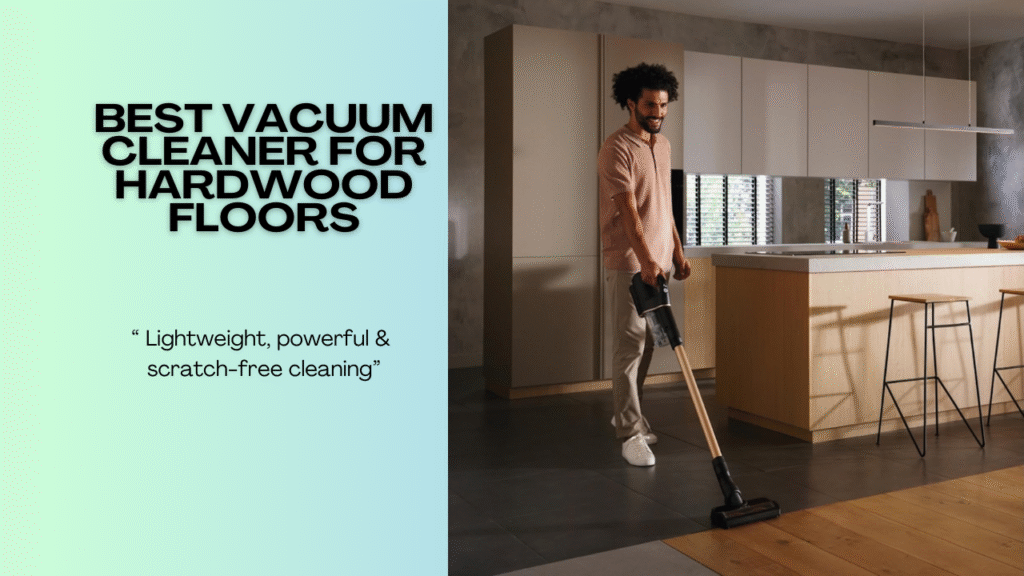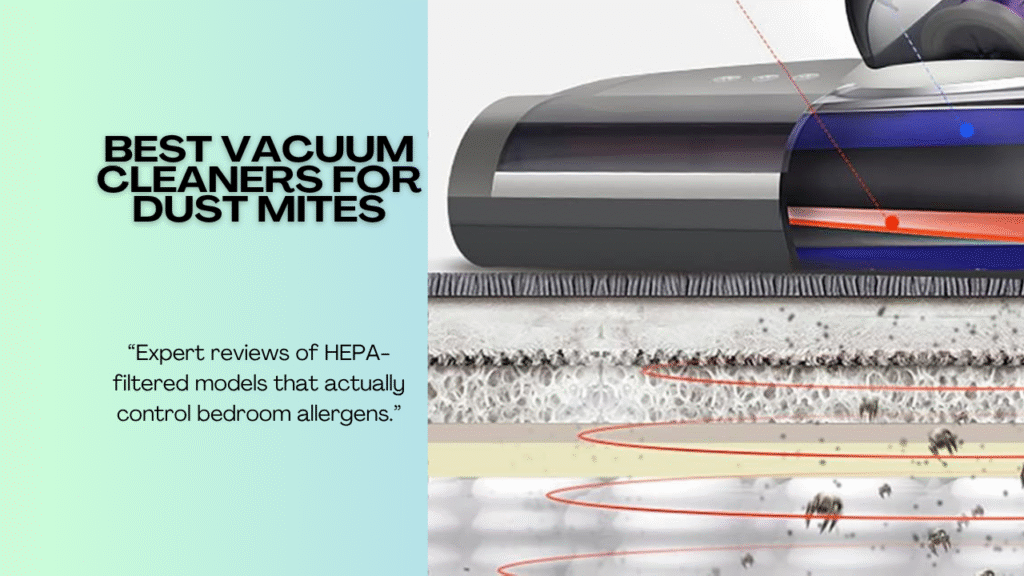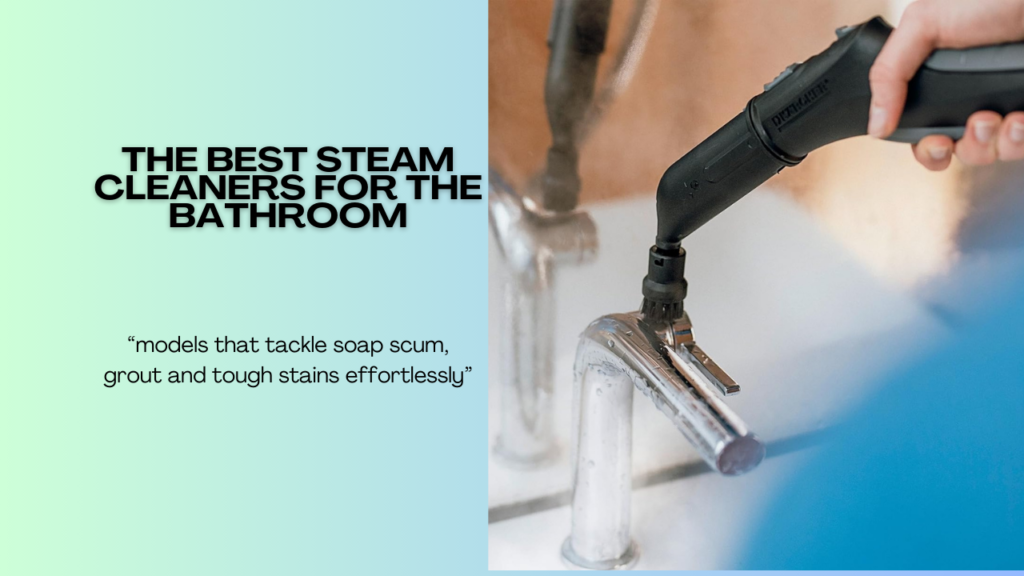Table of Contents
What Is Reverse Osmosis Water Purification and How to Buy One
In many areas around the world, drinking contaminated, dirty water is the major cause of misery and epidemic disease. The presence of over 2000 recognized drinking water pollutants, which could be lurking somewhere in the droplets of abundantly flowing tap water in our houses, makes the coming menace even more terrifying.
Surprisingly, bottled water isn’t a good substitute for tap water. A thorough water filtration system is the sole option for consuming pure, contaminant-free drinking water.
Millions of people throughout the world choose water purifiers because they provide a better quality of tasty and pleasant-smelling drinking water due to their inherent capacity to eliminate chlorine and other bacterial impurities, preventing hazardous substances from entering the body.
The Many Advantages of Water Purifiers
Here’s a rundown of some of the most important underlying advantages of using water filters. Purified water is essential for living a healthy lifestyle and staying fit and healthy.
Beneficial to Your Health
Since water makes up over 80% of our bodies, it is the pivot around which our total health and well-being revolve.
Water purifiers ensure that our bodies are only exposed to pure, clean water that is free of pollutants and impurities. As a result, they are known as our best friends and assist us in remaining healthy throughout our lives.
Environmental Advantages
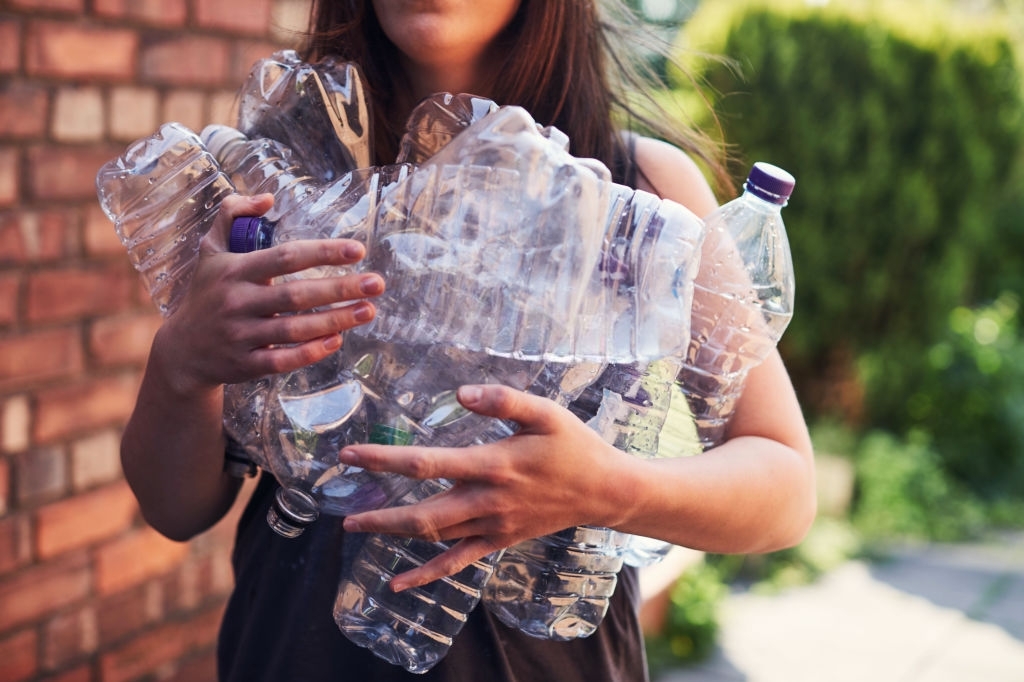
Every year, almost 65 percent of plastic bottles carrying “clean water” end up as rubbish, polluting the environment. Not to mention the amount of carbon dioxide emitted in the process of transporting the bottles around the world.
So, the next time you consume clean water using legitimate purification systems, remember that you are helping the environment.
Spend Less
How often are you willing to spend money on bottled water for your complete family? It’s a ridiculous attitude, especially given the availability of cutting-edge water purifying equipment.
Why waste money and effort lugging water bottles from the supermarket? A single water purifier in your home can help you save a lot of money while also allowing you to drink filtered water.
Recommended for You: What is the Best Water Purifier | 8 Best Purifiers for Safe Drinking
Fresh and Clean Drinks and Food

You can have direct and simple access to a source of bacteria-free freshwater after installing a water purification system in your home. You can use it for a variety of things, including drinking water, washing fruits and vegetables, cooking, making tea and coffee, watering plants, and so on. Once you have a water filter, you have an almost limitless number of alternatives.
Anti-Bacterial Protection
When you use RO or UV water purifiers to purify your tap water, you can rest assured that you’re drinking tested water that’s free of hazardous disinfectant strains, E. Coli bacteria, cysts, and other contaminants.
Diarrhea, abdominal cramps, constant vomiting, and fever are just a few of the ailments that these parasites can cause.
Read on for a Water Purifier Buying Guide that will assist you in selecting the best water purifier for your house or office.
What is Reverse Osmosis, and how does it work?
Reverse osmosis is a water purification method that uses a semi-permeable membrane (synthetic liner) to filter out pollutants and big particles like chlorine, salt, and soil from drinking water.
Reverse osmosis, in addition to eliminating pollutants and sediments, can also remove microbes, which you don’t want to drink. It purifies water down to the molecular level, leaving only pure H2O.
Water Purification System Filters
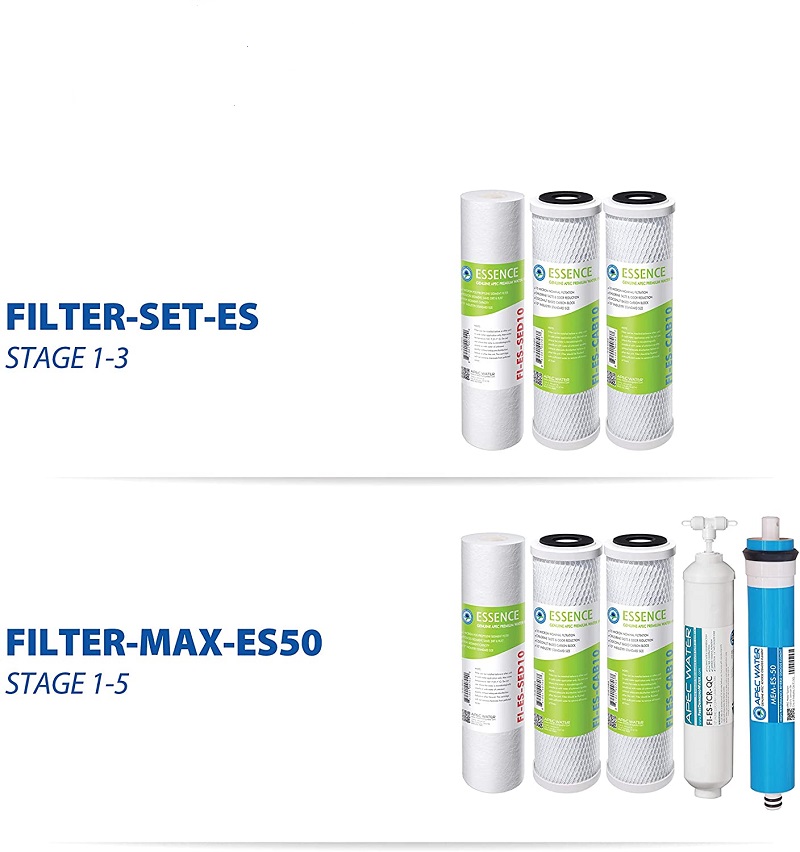
Always think about filters such as mineral filters, UV, UF, and manual TDS when purchasing a water purification system. Although you may not require all of these systems, it is critical to be aware of the differences.
It uses a mineral filter to improve the flavor of the water, after a reverse osmosis filter. This filter determines the taste of the water. In water, a UV filter simply kills bacteria. It has no effect on the TDS levels in the water.
Ultrafiltration, often known as UF filtration, filters germs and other dangerous substances from water but does not remove all minerals and salts.
Manual TDS, also known as MTDS, allows consumers to control the amount of TDS in their water. It uses an MTDS to enable necessary salts if the water source is sufficiently pure and low in TDs.
Consider the Ro Filter’s Water Storage Capacity
Power outages are common, especially during the summer. So, wherever possible, invest in a high-capacity RO system to ensure that you don’t run out of clean drinking water in the event of a power outage. If possible, choose a device with a filtered water storage capacity of at least 10 liters.
Water Supply
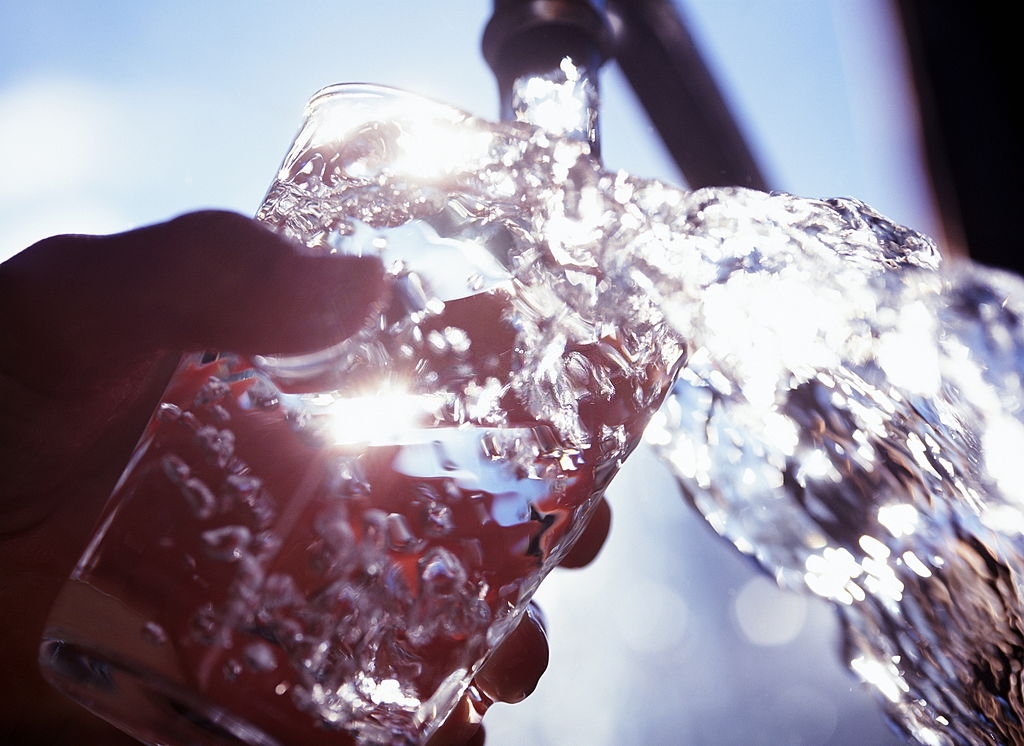
Modern water purifiers are capable of effectively removing a large percentage of contaminants and metals found in drinking water, such as zinc, aluminum, mercury, lead, and copper.
When it comes to purchasing a new water purifier, few people think about the finer points of selecting reliable equipment. The water supply is the first item to think about.
If your water comes from a municipal corporation and your locality’s TDS level is less than 250ppm, you can save money by using a simple gravity-based filter rather than a full-fledged RO (Reverse Osmosis) water purifier.
Filter Change Indicators Are a Good Choice.
Choose versions that alert you when the filters need replacement to prepare since RO water purification systems are generally expensive.
Water Quality
The majority of the water provided to your home is hard water, which means it contains a high level of TDS. Inorganic salts such as calcium, magnesium, potassium, sodium, bicarbonates, chlorides, and sulfates are found in total dissolved solids in water.
An RO (reverse osmosis) system is the best water purifier for removing these inorganic chemicals. Because the pore size of a RO membrane is.0005 micron, dissolved particles cannot exist in your drinking water.
Electricity
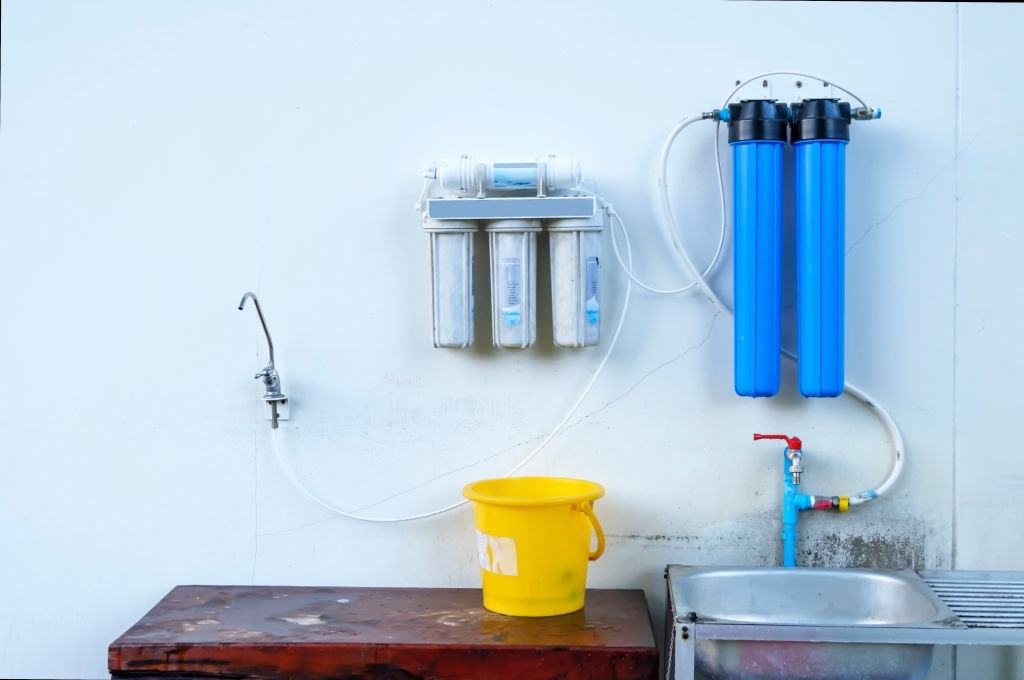
When it comes to water purifiers, electricity is essential. Many of them cannot function without electricity, making them ideal for houses with severe power outages. If there is no electricity, an ultraviolet (UV) filter will not work since it relies on energy to produce ultraviolet light that kills microorganisms.
An RO system would not function without electricity because it relies on it to supply sufficient water pressure to the RO membrane. Activated carbon purifiers, like sediment filters and ultrafilters, do not require energy (UF).
The Importance of Keeping RO Filters Clean
RO water purifiers are essential for removing many types of pollutants from water. To make water safe to drink, the various filtering steps eliminate pollutants of varying sizes.
This is why RO filters need maintenance in order for the water purifier to function properly. Pre-filter, reverse osmosis, and post-filtration are the three steps of a reverse osmosis system. During the pre-filtration stage, it removes sand, silt, and other residual particles from the water.
Tips for Effective RO Water Purifier Maintenance
Do you know that your RO purifier can last up to 15 years? That is certainly conceivable, and several RO purifiers have lasted this long according to many users. If properly maintained, any good-quality RO purifier can readily last for such a long time, and it will also provide clean and safe drinking water.
If you have been neglecting your RO purifier for a long time, you are endangering your family’s health by allowing them to consume tainted water. Here are some helpful hints for keeping your RO system running efficiently, without problems, and for a long time.
1. Read and follow the instructions in the user manual.
The first and most basic recommendation for proper RO water purifier maintenance is to read and follow the user manual’s instructions.
Every RO purifier includes a user manual. Most reputable products have comprehensive manuals that include everything from installation instructions to purifier operation, parts, dos and don’ts, and maintenance advice.
The manual will assist you in maintaining and keeping your water purifier in top working order. It also saves you money by avoiding unneeded visits from RO specialists because many common problems can be fixed by following the recommendations in the manual.
As a result, you should always keep the user manual safe and never throw it away.
Recommended for You: Best Countertop Water Filter For Cleaner And Fresher Water
2. Replace RO filters according to the maintenance schedule
The most important necessity for the effective maintenance of your RO water purifier is the timely replacement of the filters and membrane.
The most simple way to determine the replacement schedule for all filters and membranes is to consult the user handbook.
There are various stages of RO purifiers, and the user handbook will tell you which filters to use and when they need updates.
3. Sanitation and cleaning
People often forgot to clean all interior RO system pipes, but it is a crucial element of good RO system maintenance. The water is moved from one purification stage to the next using many connecting pipes in a RO system.
You should clean these pipes at the same time as the technician replaces the filters.
If water is held for an extended period of time, there is a considerable risk of microbial contamination. The bad odor and taste are the first signs of microbial infection. As a result, it is critical that the water storage tank be emptied and refilled on a regular basis.
4. Examine for Leaks
If you observe any drips or leaks, you should contact a qualified technician right away. If not addressed immediately, leaks can cause catastrophic harm to your water purifier. Water is wasted unnecessarily due to leaks and drips.
5. Keep the RO System’s Exteriors Clean
Apart from cleaning and disinfecting the interior components, the exterior of the RO purifier should also be kept clean. This would not only keep your purifier look new but will also aid to limit the risk of water contamination.
The water held in the storage tank can be dispensed through an exterior tap on all RO purifiers. If the tap and the area around it are not kept clean, the water may become contaminated while being dispensed.
Final Thoughts
The source of water and the sort of contaminants present in the water delivered to your house or workplace is the primary and most important factors in determining the type of water purifier you should choose. If you’re looking to buy a new water purifier for your home or office, follow the advice in this water purifier buying guide.


